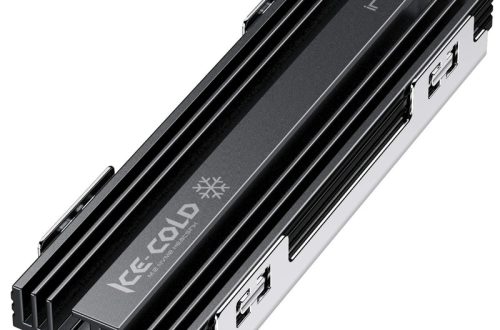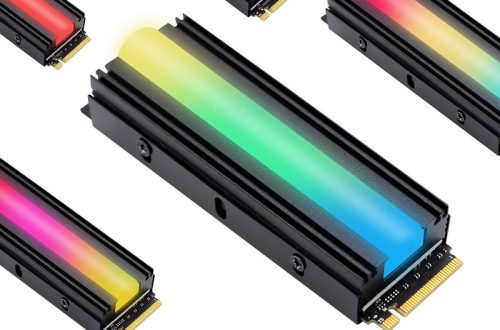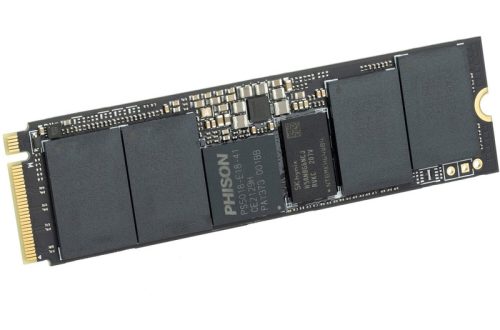The Central Processing Unit (CPU) is undeniably the most crucial component within a computer system. Earning the title of the “brain” of the machine, the CPU is responsible for the core functions that make computing possible. This article delves into the essential role the CPU plays, exploring its functionalities in two key areas: data processing and instruction execution.
Part 1: The CPU as a Data Processor
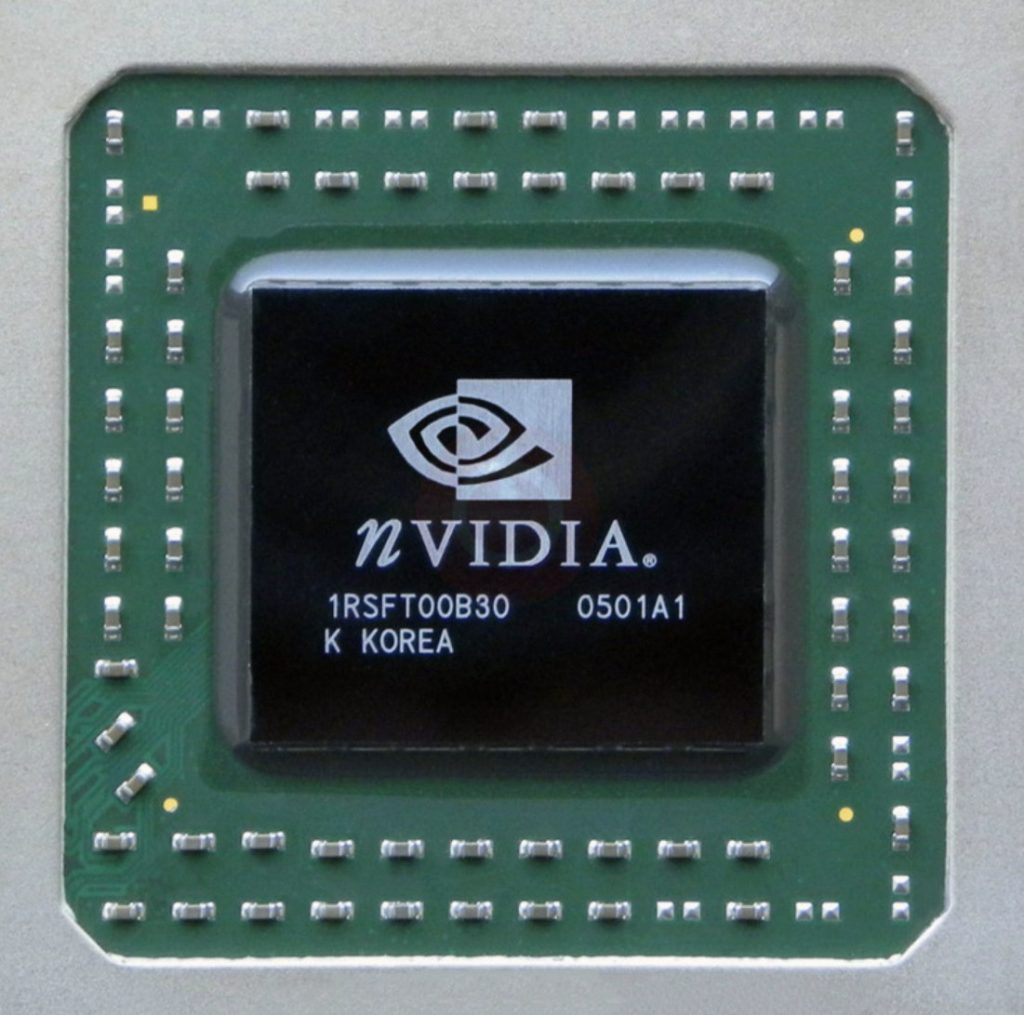
The Arithmetic Logic Unit (ALU):
The ALU acts as the CPU’s arithmetic and logic powerhouse. It performs essential mathematical operations like addition, subtraction, multiplication, and division. Furthermore, it handles logical comparisons, determining if data is equal to, greater than, or less than another piece of data. These fundamental operations form the building blocks for complex calculations used in various software applications.
Control Unit (CU):
The Control Unit (CU) plays a crucial role as the conductor of the CPU‘s operations, overseeing and coordinating essential functions within the central processing unit. Primarily responsible for the control flow of the CPU, the CU retrieves instructions from the computer’s memory, decodes them, and ensures their proper execution by dispatching signals to various components, including the Arithmetic Logic Unit (ALU) and other pertinent elements. This orchestration facilitates the seamless execution of tasks within the CPU. Additionally, the CU manages the data flow within the CPU, orchestrating the movement of information to and from different CPU components. By managing this data flow, the CU contributes to optimizing the CPU’s performance, ensuring efficient processing, and cohesive utilization of resources, ultimately contributing to the overall efficiency and effectiveness of computing operations.
Part 2: The CPU as an Instruction Executioner
The Fetch-Decode-Execute Cycle:
The fundamental cycle of the central processing unit (CPU) represents the core functionality that drives its operations. This cycle consists of three primary stages. The first stage, known as the fetch stage, involves the Control Unit (CU) retrieving instructions from the computer’s main memory. Following the fetch stage is the decode stage, during which the CU breaks down the instruction into a format that the Arithmetic Logic Unit (ALU) can comprehend. Finally, the execute stage occurs, where the ALU performs the specified operation based on the decoded instruction. This coordinated process ensures that instructions are executed in a timely and precise manner. As the cycle completes, it continuously repeats, processing instructions one by one until the program execution is complete. By maintaining this repetitive cycle, the CPU efficiently processes tasks, contributing to the overall functionality and performance of the computer system.

Multitasking and Multicore Processors:
Modern CPUs often have multiple cores, allowing them to handle multiple tasks simultaneously. Each core can independently execute its own fetch-decode-execute cycle. This significantly improves performance when running programs that require heavy computation or involve juggling multiple applications at once. The number of cores and their processing speed are crucial factors influencing a CPU‘s overall performance.
Part 3: Factors Affecting CPU Performance
Clock Speed:
The clock speed of a CPU, measured in Gigahertz (GHz), signifies the number of cycles the processor can complete in one second. A higher clock speed typically correlates with faster processing, enabling the CPU to execute more instructions within a given period. However, it’s important to note that clock speed is just one facet of CPU performance. In modern computing, CPUs leverage a plethora of architectural advancements and innovations to enhance efficiency, transcending the significance of clock speed alone. These advancements include the introduction of multiple cores, larger caches, improved instruction sets, and enhanced branch prediction capabilities. Additionally, advancements in chip design, power management, and thermal control mechanisms all play pivotal roles in optimizing CPU performance and overall system efficiency. Therefore, while clock speed remains an important metric, it is essential to consider a broader range of factors and architectural features when evaluating and comparing CPU performance.
Cache:
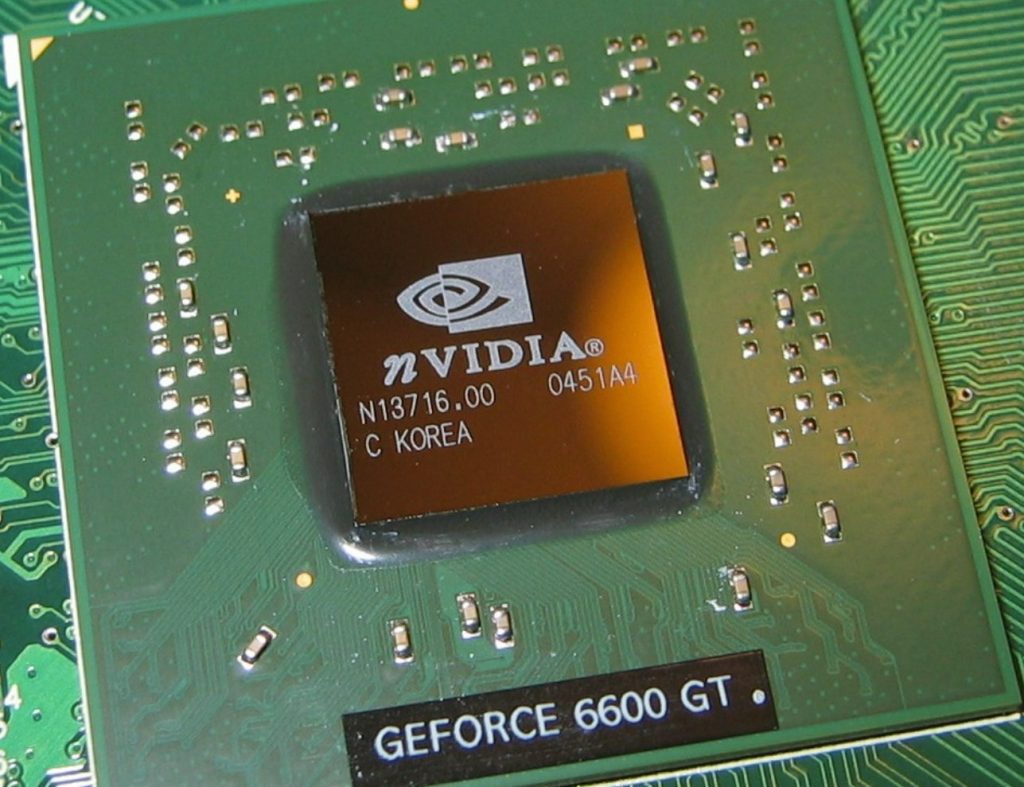
The CPU’s cache serves as a crucial component, acting as a small but high-speed memory pool responsible for storing frequently accessed data and instructions. Unlike the main memory, which entails slower access times, the cache plays a pivotal role in accelerating program execution by providing quicker access to frequently used information. As a result, the cache minimizes the need to access slower components, thereby enhancing overall system performance. Larger cache sizes can notably amplify performance, particularly for programs that heavily rely on recurring and repetitive tasks. This is because a substantial cache capacity allows for a broader spectrum of frequently used data and instructions to be readily available for rapid access. As a result, a larger cache size contributes to mitigating potential bottlenecks and reducing latency, ultimately boosting the efficiency and responsiveness of the CPU in handling diverse workloads and computational tasks.
Part 4: Choosing the Right CPU
Understanding Your Needs:
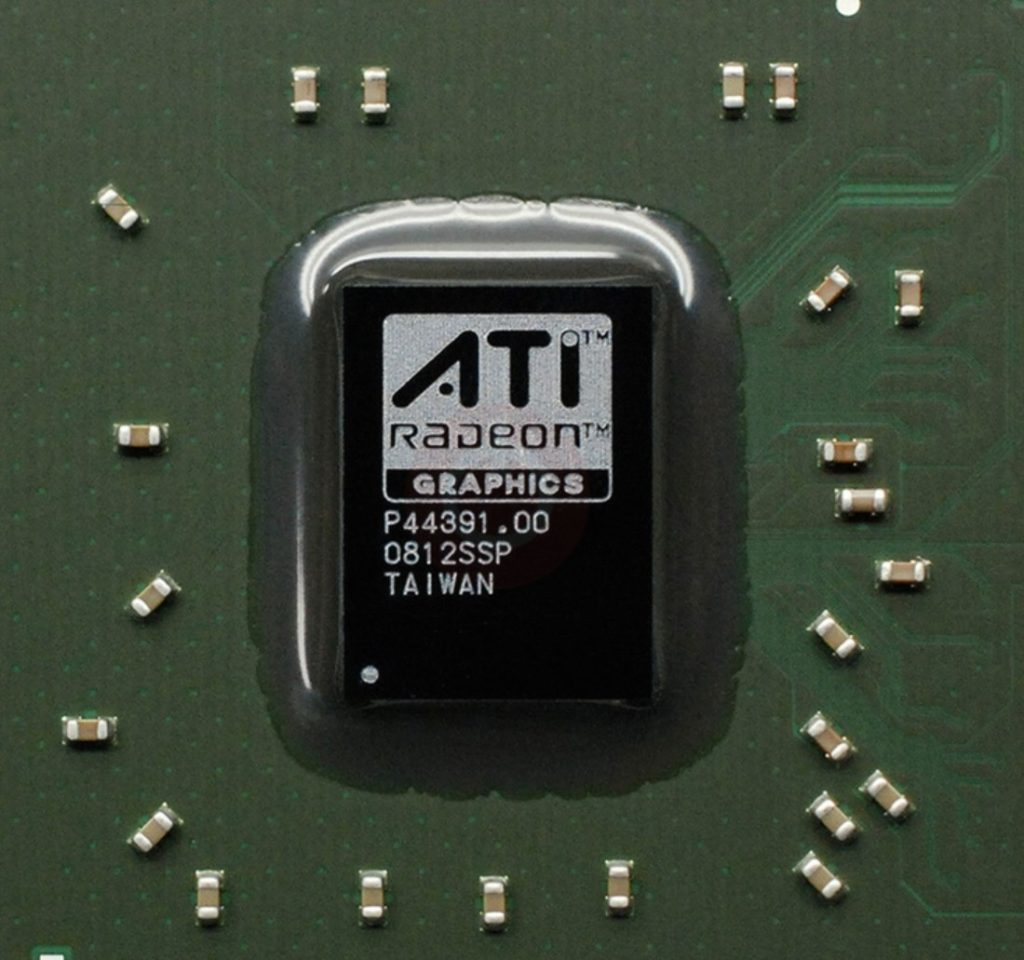
When choosing a CPU, it’s crucial to carefully consider your specific computing requirements. For basic tasks such as web browsing and document editing, a high-performance CPU may not be essential. However, for more demanding activities such as video editing, gaming, or scientific computing, a powerful CPU with multiple cores and high clock speeds becomes significantly beneficial. In video editing, a robust CPU can accelerate encoding and rendering processes, while in gaming, it can enhance frame rates and overall performance. Scientific computing tasks, such as complex simulations or data processing, also benefit from a high-performance CPU’s ability to handle intensive computations efficiently. Therefore, understanding the nature of the computing tasks you intend to undertake is essential in determining the most suitable CPU for your needs, ensuring that your system’s performance aligns with your specific computing demands.
Considering Other System Components:
The CPU’s performance doesn’t operate in isolation. Other components like RAM (memory) and storage devices also play a role. Ensuring sufficient RAM capacity and a fast storage drive complements the CPU’s capabilities and contributes to a smooth overall computing experience.

By understanding the CPU’s role in data processing, instruction execution, and its performance-influencing factors, you can make informed decisions when choosing a CPU that best suits your computing needs. Remember, the CPU is the heart of the machine, and selecting the right one ensures a powerful and efficient computing experience.
